2012.06.20 16:43
Just to spice up the debate a bit......Here's a cosmic question to ponder...
When we look at the stars at night, we're literally seeing the past. That little red dot, still brighter than all the other stars, is Mars, twenty minutes ago. And what we see of a star 100 light years away, is what that star looked like 100 years ago. And what we see of a star 100,000 light years away, is what that star looked like 100,000 years ago, etc. Chances are that a whole lot of what we see in the night sky doesn't even exist anymore.
2012.06.12 14:36
Why is architectural theory so hard to read?
For lots of reviews of The Possibility of Absolute Architecture google search aureli “absolute architecture”. There’s even a link to an almost 2 hour video of Aureli speaking on the subject, and google/books offers a substantial preview of the book.
Lotus International 19 happens to be the first Lotus magazine I ever bought, so its contents are (still) fairly well ingrained within my memory. Looking over "Cities within the city" (again) last night reminded me of another subsequent Ungers essay--"Architecture of the Collective Memory"--also published within Lotus, this time Lotus International 24 (1979). I personally remember this essay as something I really connected with, something that I really liked the idea of, but I don't think I've (re)read the essay in many years. Of course, I reread "Architecture of the Collective Memory--The infinite catalogue of urban forms" last night, and wow, it like blew me away because what Ungers relates is exactly how I've come to see Piranesi's Ichnographia Campus Martius, that is, as a whole city of architecture of collective memory, indeed an infinite catalogue of urban forms (e.g. 3123h, 3123i, 3123j, 3123k). Interestingly, such a view of the Ichnographia Campus Martius is what Aureli (and Eisenman) do not (want [you] to) see the Ichnographia Campus Martius as.
Being restless, I continued to read more of The Possibility of Absolute Architecture. I read the Boullče chapter and stated the Ungers/OMA chapter (five). Ten pages into chapter five you encounter material on the Havellandshaft, which is how Ungers ends "Architecture of the Collective Memory," yet Aureli nowhere mentions the "collective memory" aspect of the Havellandshaft (nor does Aureli footnote reference "Architecture of the Collective Memory--The infinite catalogue of urban forms" in Lotus International 24).
I now feel inspired to write a book entitled The Reality of Convenient Memory Architecture, theory even.
"Architecture of the Collective Memory" begins with these passages:
In his book Invisible Cities Italo Calvino invented an imaginary conversation between the Venetian traveler Marco Polo and the great emperor of a distant country. "At this point Kublai Khan interrupted him or imagined interrupting him, or Marco Polo imagined himself interrupted, with a question such as: 'You advance always with your head turned back?' or 'Is what you see always behind you?' or rather 'Does your journey take place only in the past?'"
All this so that Marco Polo could explain or imagine explaining or succeed finally in explaining to himself that what he sought was always something lying ahead, and even if it was a matter of the past it was a past that changed gradually as he advanced on his journey, because the traveler's past changes according to the route he has followed: not the immediate past, that is, to which each day that goes by adds a day, but the more remote past. Arriving at each new city, the traveler finds again a past of his that he did not know he had: the foreigness of what you no longer are or no longer possess lies in wait for you in foreign unpossessed places.
| |
2012.06.11 09:49
Why is architectural theory so hard to read?
I just read chapter 3 of The Possibility of an Absolute Architecture (now for the fourth time) this afternoon, and I reread the Introduction and the footnotes this morning. It is not an easy book, especially for a relative novice of architecture. If you want to discuss the book here within this thread, I'm game.
The notion of the city as archipelago is worthwhile, although not at all original to Aureli--see "Cities within the city" in Lotus International 19 (1978) by Ungers, Koolhaas et al for the origins of the notion. Aureli's finding of "archipelagos" within instances of architecture of the last 500 years is a little forced, and the 'history' that goes along with Aureli's hypothesis can make the overall analysis seem somewhat more dense than it really needs to be--a nimity of academic trappings which in the end may well prevent "what opens the potential for imagining it differently."
I have already commented (within archinect/forum) on various aspects of the this text on four occasions: 2011.02.01, 2011.01.31, 2008.12.30 and 2008.12.31.
2012.06.10 18:41
Why is architectural theory so hard to read?
Louis I. Kahn was not so much an architectural writier as he was an architectural speaker. The vast majority of Kahn's architectural texts are transcripts of lectures he gave. And as a lecturer, Kahn was in great demend, thus invited to give lectures all over the world.
The sense that I get is that Kahn did not prepare his lectures as something completely written out. I don't doubt that he wrote perparatory notes, but the lectures themselves were given ad libitum, 'at one's pleasure'. And it was indeed Kahn's uncanny ability to deliver architecture extemporaneously that amazed those that saw and heard him.
I've only heard Kahn speak via tape recordings. The department head of the school I went to was a student of Kahn's, and he had several cassette tape recordings of Kahn's class lectures. One night while some of us second year students were staying overnight in studio, we found the tapes out in a box. All I said was "Can you imagine if someone added something to those tapes?" [This was like 1978 and we all had tape recorders (to play music) in studio.] About an hour later, "sound engineer" Steve Devlin came over to my desk as said, "Play this." I looked at the cassette and saw it was one of the Kahn lectures, and said, "You didn't!?" "Just play it," said Steve. There was Kahn, lecturing away when suddenly there was a bang, like a gun shot, and then "voice-over actress" Sue Dixon yelling, "Oh my God! Lou's been shot!" with lots of anguished yelling et cetera in the background. The thing is, it sounded so real and that made it doubly hilarious. By the end of the night the tape was put back in the box. A year later, the tape came out its box and was listened to in a lecture class... It was like the shot heard around the whole school.
2012.05.27 12:09
Louis Kahn Car Park? Need help identifying
Kahn did design giant parking 'docks' as part of his Midtown Development - Civic Forum, Philadelphia, 1956-57:
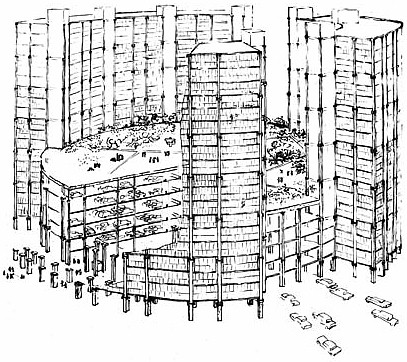
Each dock was designed to accomodate 1500 cars... "Great vehicular harbors or municipal entrance towers will be the gateways, the landmarks, the first images that greet the visitor."
| |
2012.05.26 17:48
the ethics of parametricism/emergent architectural thought and reification
How could I be mad? I'm a born transhuman. I have it all. Like, I don't even have to write scripts--I just punch a few bottoms, and there it is.
You know you're a born transhuman when you're born with unnatural talents. And me, well, I'm a nimiety of unnatural talents.
2012.05.26 17:04
the ethics of parametricism/emergent architectural thought and reification
I'm just getting started. Since I'm a born transhuman[ist], rules 'naturally' don't apply. All the texts and programs and scripts are really only for the aspiring transhumanists. You didn't know that, did you? Well, you really couldn't, could you?
2012.05.26 14:38
the ethics of parametricism/emergent architectural thought and reification
from wikipedia:
Transhumanists engage in interdisciplinary approaches to understanding and evaluating possibilities for overcoming biological limitations. They draw on futurology and various fields of ethics such as bioethics, infoethics, nanoethics, neuroethics, roboethics, and technoethics mainly but not exclusively from a philosophically utilitarian, socially progressive, politically and economically liberal perspective. Unlike many philosophers, social critics, and activists who place a moral value on preservation of natural systems, transhumanists see the very concept of the specifically "natural" as problematically nebulous at best, and an obstacle to progress at worst. In keeping with this, many prominent transhumanist advocates refer to transhumanism's critics on the political right and left jointly as "bioconservatives" or "bioluddites"...
I wonder what an Institute of Transhumanism looks like. Not like this exactly because this is a Stoner Food Restaurant:
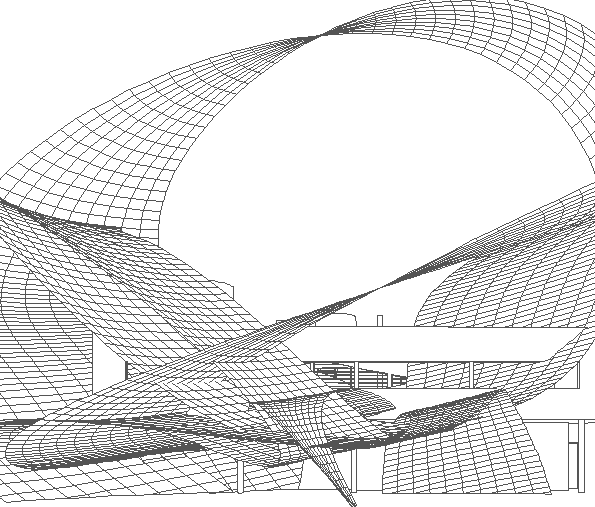
Maybe it looks like this:
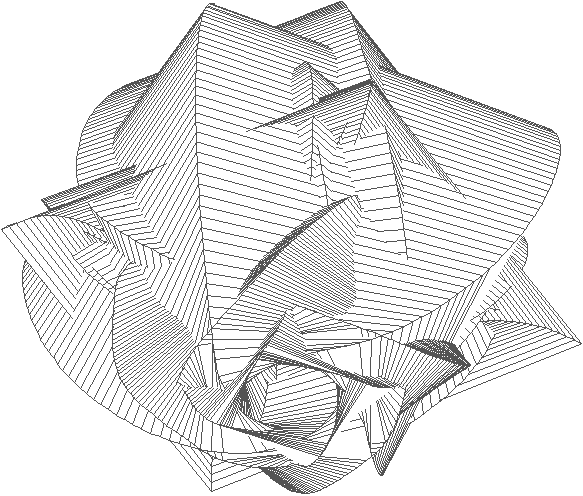
Or maybe like this:
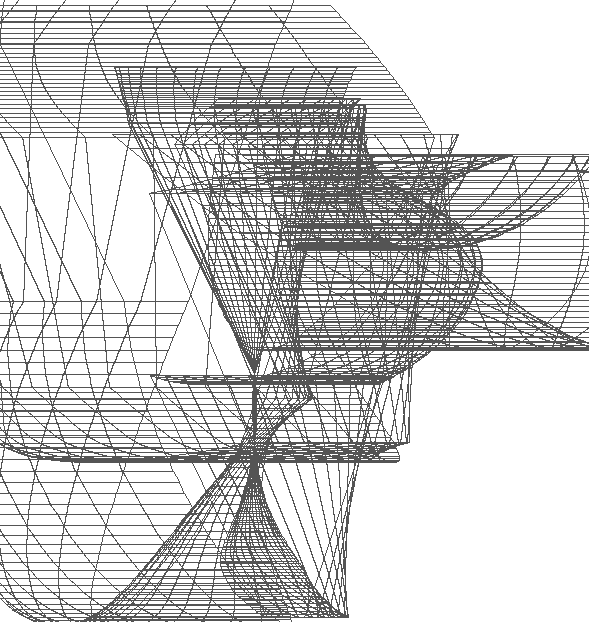
Anyway, I think a transhumanist cemetery, called Multiple Choice Loins, looks like this:
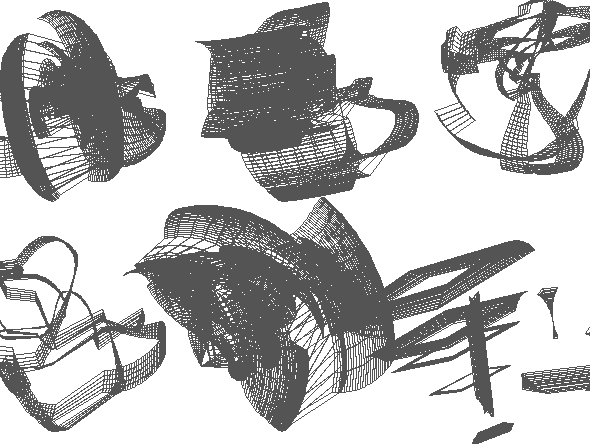
|